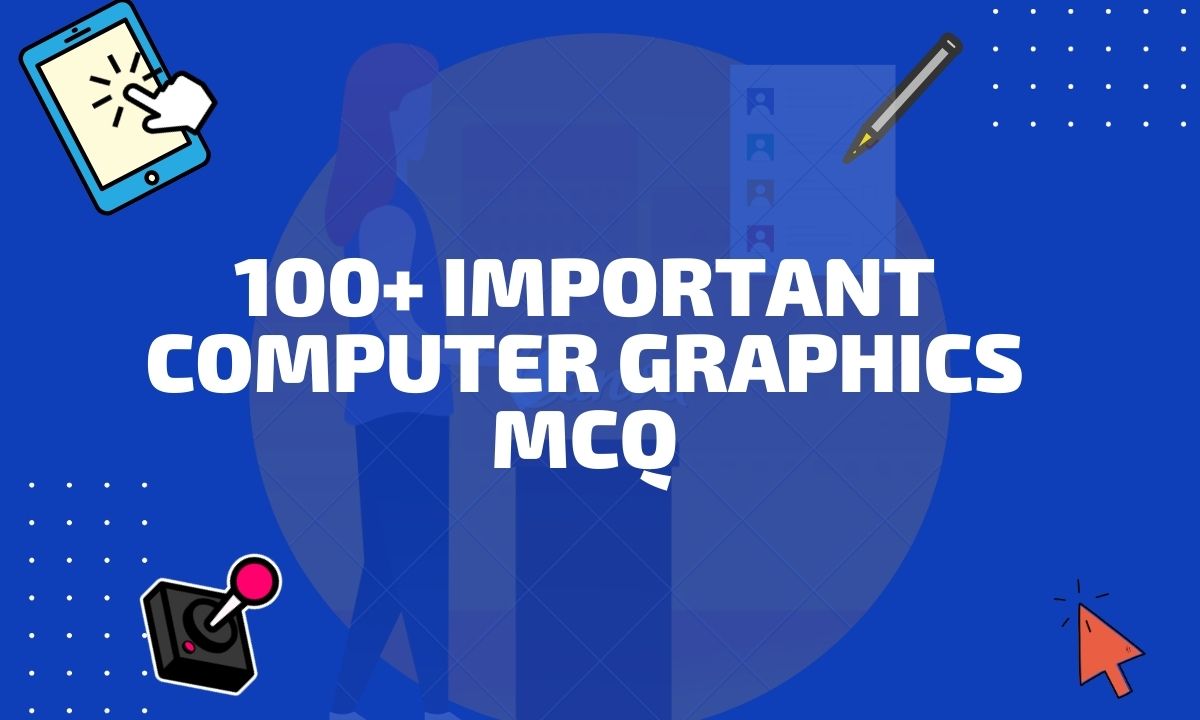Are you interested in pursuing a career in management? Are you a manager looking to better understand your role in the organization? Or are you simply curious about how businesses are structured and run? If you answered yes to any of these questions, then this blog post is for you!
In a business or organization, there are typically three levels of management: upper, middle, and lower. Each level has its own unique responsibilities and plays a vital role in the overall success of the organization. In this post, we will dive into the details of each level of management and explore the roles and responsibilities of those who hold positions at each level.
So, if you want to learn more about the different levels of management and how they work together to ensure the smooth operation of a business, read on!

Levels of Management
1. Top Level Management
Top Level Management, also known as upper management or senior management, refers to the highest level of executives in an organization. These individuals are responsible for making major decisions and setting the overall strategy for the organization.
Top Management typically includes the CEO, president, vice president, and other high-level executives. They are responsible for setting the goals and objectives of the organization and for making decisions that will help the organization achieve those goals. They also develop and implement policies, procedures, and programs that will guide the activities of the organization.
In addition to making strategic decisions, upper management is also responsible for overseeing the operations of the organization and ensuring that the organization is running efficiently and effectively. They may be involved in decision-making at all levels of the organization, from the day-to-day activities of individual departments to the long-term planning and development of the organization.
Upper management is also responsible for managing the organization’s resources, including its budget, personnel, and physical assets. They may work closely with the board of directors, shareholders, and other stakeholders to ensure that the organization is meeting its financial and performance goals.
Things to care about: Fostering Corporate Social Responsibility
Upper management refers to the highest level of executives in a business or organization, such as the CEO, president, and vice president. These individuals are responsible for making major decisions and setting the overall strategy for the organization. Common job titles for upper management positions include CEO, President, and Vice President, as well as C-suite positions such as CFO, COO, CMO, and CIO. Upper management is responsible for overseeing the operations of the organization and ensuring its success.
Some specific roles and responsibilities of upper management may include:
- Setting the goals and objectives of the organization
- Developing and implementing policies, procedures, and programs to guide the activities of the organization
- Making strategic decisions that will help the organization achieve its goals
- Overseeing the operations of the organization and ensuring that it is running efficiently and effectively
- Managing the organization’s resources, including its budget, personnel, and physical assets
- Working closely with the board of directors, shareholders, and other stakeholders to ensure that the organization is meeting its financial and performance goals
- Providing leadership and direction for the organization and making the major decisions that will shape its future
- Representing the organization to external stakeholders, such as customers, suppliers, and partners.
Read Similar: Types of Management Style
2. Middle-Level Management
Middle management refers to the level of management that is responsible for implementing the decisions made by upper management and for managing the day-to-day activities of their departments. This level of management typically includes managers at the departmental level, such as the heads of marketing, finance, and operations.
Common job titles for middle management positions include Department Manager, Division Manager, and Regional Manager. Middle management is responsible for supervising the work of lower-level managers and employees, setting goals for their departments, and providing support and guidance to team members.
Some specific roles and responsibilities of middle management may include:
- Implementing the policies, procedures, and programs developed by upper management
- Managing the day-to-day activities of their departments and ensuring that tasks are completed efficiently
- Supervising the work of lower-level managers and employees and providing guidance as needed
- Setting goals and objectives for their departments and developing plans to achieve them
- Monitoring the progress of their departments and reporting back to upper management
- Making recommendations to upper management on ways to improve the efficiency and effectiveness of the organization
- Providing support and guidance to lower-level managers and employees
- Managing budgets and resources for their departments
Middle management plays a crucial role in the overall operation of an organization, as they are responsible for implementing the decisions made by upper management and for managing the day-to-day activities of the organization. They are the link between upper management and the front-line employees and are responsible for ensuring that the goals and objectives of the organization are being met at the departmental level.
Most Asked Interview Question: What is your management style?
3. Lower Level Management
Lower management, also known as first-line or front-line management, refers to the level of management that is responsible for managing the work of employees and ensuring that tasks are completed efficiently. This level of management typically includes supervisors, team leaders, and other managers who are responsible for a small group of employees.
Some specific roles and responsibilities of lower management may include:
- Supervising the work of employees and providing guidance as needed
- Setting goals and objectives for their team and developing plans to achieve them
- Monitoring the progress of their team and reporting back to middle management
- Providing support and guidance to employees
- Managing budgets and resources for their team
- Assisting with the hiring, training, and development of employees
- Handling conflicts and issues that arise within the team
- Ensuring that safety and other regulations are being followed
Lower management plays a crucial role in the overall operation of an organization, as they are responsible for managing the work of employees and ensuring that tasks are completed efficiently. They are the link between middle management and front-line employees and are responsible for ensuring that the goals and objectives of the organization are being met at the team level.
Common job titles for lower management positions include Supervisor, Team Leader, and Shift Manager. Lower management is responsible for supervising the work of employees, providing guidance as needed, and managing budgets and resources for their team.
Conclusion
In conclusion, the different levels of management in a business or organization play a vital role in ensuring its smooth operation and success. Upper management, made up of the top executives in the organization, is responsible for making major decisions and setting the overall strategy for the organization. Middle management, made up of departmental managers, is responsible for implementing the decisions made by upper management and for managing the day-to-day activities of their departments. Lower management, made up of supervisors and team leaders, is responsible for managing the work of employees and ensuring that tasks are completed efficiently.
Each level of management has its own unique roles and responsibilities, and they all work together to ensure the success of the organization. Understanding the different levels of management and how they function is important for anyone interested in pursuing a career in management or for anyone looking to better understand the inner workings of a business.



